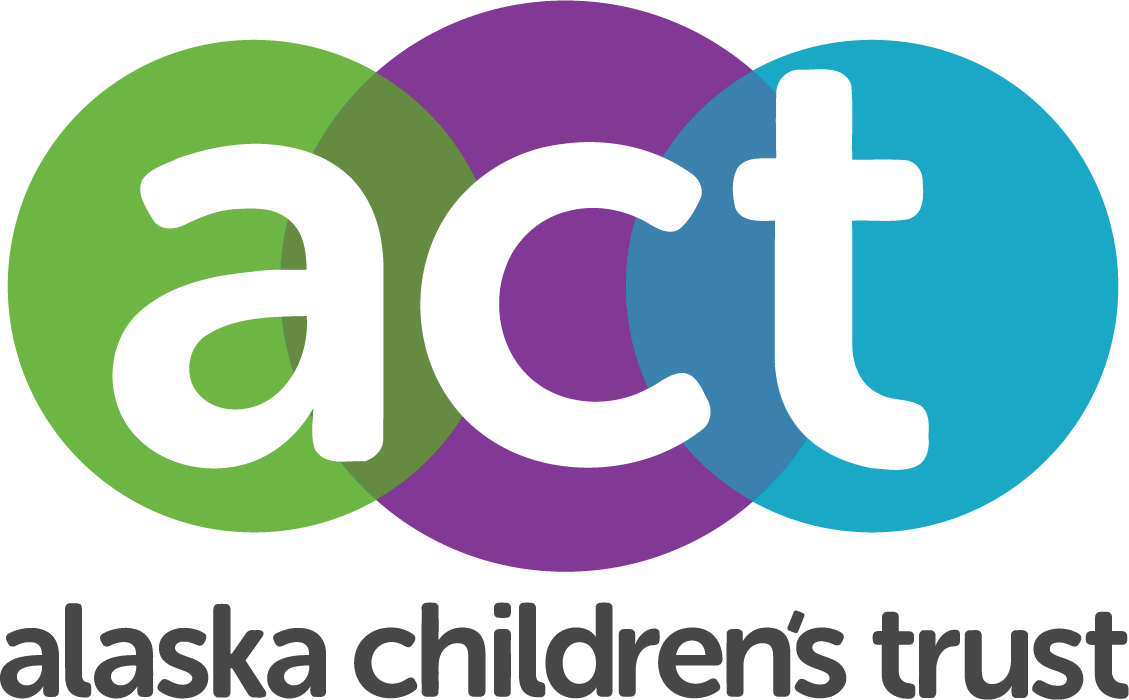Why Teaching Our Kids "Stranger Danger" is Not Enough
By Trevor Storrs, Executive Director, Alaska Children’s Trust
Keeping children safe is a common thread that binds us all together, no matter our differences. April, being Child Abuse Prevention Month, is a good time to remind ourselves of this bond.
Over the past year, our headlines have been filled with national and local events that challenged this common thread. Whether it was the thousands of stories of the #MeToo movement, the trial of the U.S. Olympic team doctor Dr. Larry Nassar, the family in California that held their 13 children captive, the inaccurate information about Prop 1 in Anchorage, or any one of the many stories of Alaska children being harmed by a trusted adult.
Each of these stories spurred conversations about child abuse and neglect online, in the paper, or at the watercooler. And each of those conversations usually ended with a similar question, “How do we protect our children?”
For many, our quick answer is to teach the old adage, “Stranger Danger.” But when we look at who is hurting our children, the data gives a very different answer. Nationally, approximately 90 percent of sexually abused children knew their perpetrator.[1]
That number is even higher in Alaska. According to the 2016 Crime in Alaska Supplemental Report: Felony Level Sex Offenses, 96 percent of the victims in Alaska between the ages of 11 – 17 years old knew the suspect.[2] The report further shows that 74 percent of sex offenses occurred in a residence. That means these abusers are trusted friends, family, teachers, coaches and religious leaders.
We need to ensure we provide the right information and tools so our children know what to do not only when a stranger approaches them inappropriately – but when a trusted adult does as well. Parents are encouraged to:
Engage in direct dialogue with your children.
Ensure that your young children know the proper words for their body parts and understand that there are certain parts of their body that are private.
Answer questions your children have about their bodies honestly, and make sure they know that they can talk to you about anything that is bothering them.
When your children are older, have conversations about healthy sexuality and what respectful romantic relationships look like.
Teach children about secrets.
Make sure your children understand what a secret is, and what kinds of secrets are OK to keep, like birthday presents, and what kinds are not.
Ensure children know that no adult should ever tell them to keep a secret from you.
Talk about their rights.
Talk about when is it okay for a child to say no to an adult, even if that adult is a relative or trusted friend.
Let them know that they don’t have to hug someone if they don’t feel comfortable. It is OK to give a handshake, a high five, or a fist bump.
Learn about and advocate for institutional policies.
Inquire about the policies for background checks with the care providers you use, such as babysitters and childcare or afterschool program staff.
It’s important to know that you don’t have to be a parent to help tackle this issue. By knowing and recognizing the warning signs of child sexual abuse, you can help protect children in your community. Warning signs of child sexual abuse include:
Inappropriate knowledge of sexual behavior for their age level
Sexually explicit drawings
Highly sexualized play (e.g., simulated intercourse with toys, pets or other children)
A child being fearful of a specific person or place
A decrease in academic performance
If you suspect abuse, it is critical that you make a report to the authorities by calling the Alaska report line at 800-478-4444.
Most importantly, when a child shares a story about an inappropriate encounter, believe them. Many victims recount the time they tried to share their story with an adult, and the adult made an excuse for the perpetrator or ignored it completely. It is important to validate the child and notify the appropriate authorities to ensure the validity of the information is investigated appropriately.
All of these stories, media reports and discussions have brought more light to an issue that has plagued our communities for way too long. Due to the nature of the topic, it can be very difficult for a victim to step forward and share their story, just as it is difficult for a community member to intervene. But the more we all acknowledge and accept these responsibilities, the greater chance we have to change the current trend. As the old proverb says, “It takes a village to raise a child.” Together we can prevent child abuse and neglect.
[1]Finkelhor, D., Ormrod, R., Turner, H., & Hamby, S. L. (2005). The victimization of children and youth: A comprehensive, national survey. Child Maltreatment, 10, 5-25
[2]2016 Crime in Alaska Supplemental Report: Felony Level Sex Offenses, prepared by Christen L Spears and Kathryn Monfreda.

